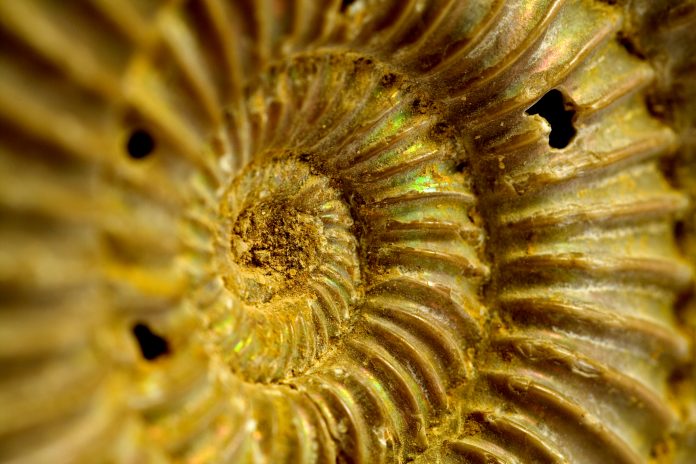The REEFCADE long-term research project, created and driven by Professor Rossana Martini, started in 2007 and has since been supported by the Swiss National Science Foundation (SNSF)
The scientific challenge that inspired this research was to understand the biotic turnover, and subsequent recovery phase encompassing selected organisms, mainly foraminifers and coral communities, during the Lower Mesozoic.
The Triassic (252 to 201 million years ago) is a pivotal period for the evolution of life, and carbonates are key archive to understand how life recovered and spread after the major Permian-Triassic crisis and before the Triassic-Jurassic one. Various biological processes rule carbonates, and their evolution is greatly dependent of environmental factors that have a direct impact on the living conditions of organisms, then preserved in the fossil record.
The Upper Triassic, notably, was pictured by very high biodiversity, both animals and plants, in the seas and oceans but also on the continents. By the beginning of the Jurassic, the next geological period, the Earth had changed dramatically. New marine species had replaced the 20% that had disappeared and dinosaurs developed to become the planet’s dominant species for the next 150 Ma.
Knowing with accuracy what happened in the geological past leading to this drastic decrease in biodiversity can help us predict our future and the destiny of the Earth.
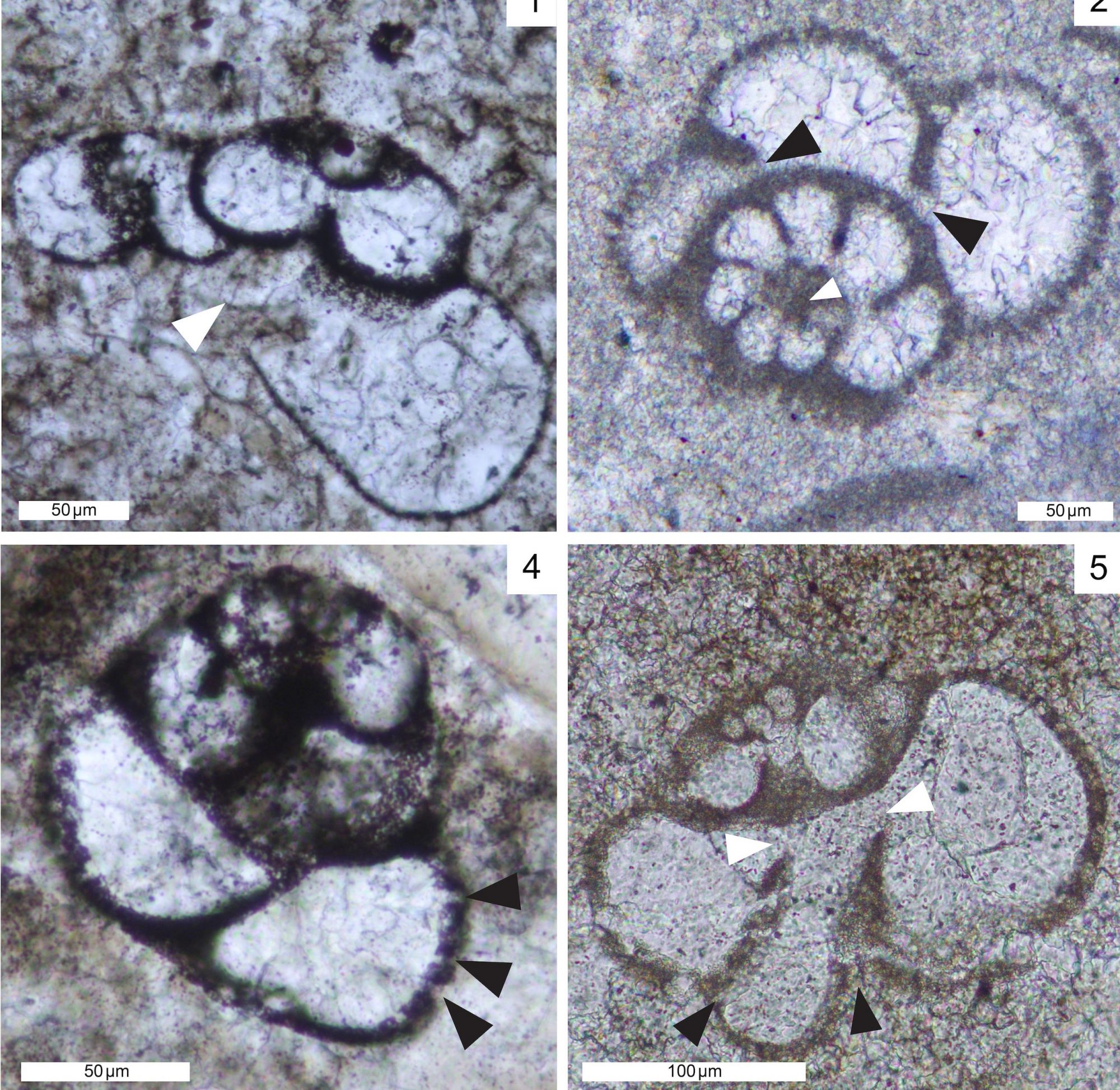
Lime Peak, Yukon, Canada
Sediments deposited in the Triassic Panthalassa Ocean: our source of knowledge!
Limestone rocks originated in shallow water reefal environments were selected, given their biotic richness and high sensitivity to ecological changes, and therefore ideal for assessing past ecological conditions.
During the project, we tracked them around the world in Japan (Kyushu, Shikoku and Hokkaido), Russia Far East (Sikhote-Alin), western North America (Oregon, Idaho, California, Nevada), Canada (Yukon and Vancouver Island), and Mexico (Sonora and Baja California Sur).
We have studied the Upper Triassic collected rocks in detail and unveiled their age by observing the microfossils; their composition through isotope geochemistry; the ecological and climatic conditions that prevailed on the Earth at that time.
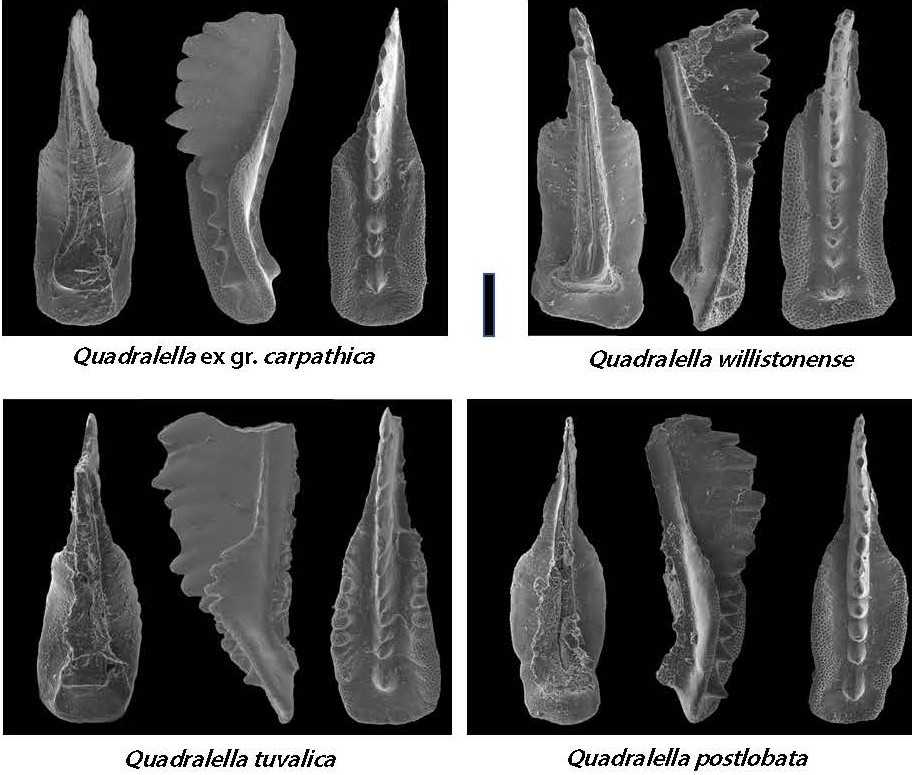
Micropaleontology for dating and paleoecology
The fossil groups used are foraminifers, conodonts, flat clams and corals.
Today, as in the geological past, the distribution of benthic foraminifers (unicellular organisms) throughout carbonate platforms is wide, from restricted, lagoonal, shallow water deposits (Fig. 1) up to deeper, “basinal-like” environments. The foraminifers are exceptional tools not only for dating rocks but also for reconstructing the composition of the water in which they lived and the climate.
Conodonts teeth (Fig. 2) composed the feeding apparatus of a small, elongate, marine animals become extinct at the End-Triassic. Mineralogically very resistant because made up of hydroxyapatite, when found they can be used to refine dating as they allow us to measure smaller time intervals than foraminifers.
Flat clams halobiids (Fig. 3), bivalves characterized by extremely thin shells and low valves convexity, are ubiquitous in marine Triassic and Jurassic deep-water environments. Our study highlights the colonizing capacity of halobiids in case of restored oxygen conditions, stressing the potential significance of flat clams for paleoenvironmental reconstruction.
Even though the real magnitude of the Triassic–Jurassic crisis on corals (Fig. 4) is difficult to establish, due to the disparity between Triassic and Jurassic taxonomies, the literature claimed that this crisis had a major and preferential impact on corals and coralline hypercalcified sponges. Our results, however, clearly show that as far as corals are concerned, End–Triassic crisis was less selective than the old data suggested. Specifically, the three microstructural groups previously supposed extinct during the End–Triassic crisis (i.e., pachythecalid, protoheterastraeid and distichophyliid groups) have a documented occurrence in the Early Jurassic. This implies that the crisis did not preferentially affect corals according to their microstructural group, suggesting that significant climatic and environmental changes do not necessarily impact all species, nor in the same degree.
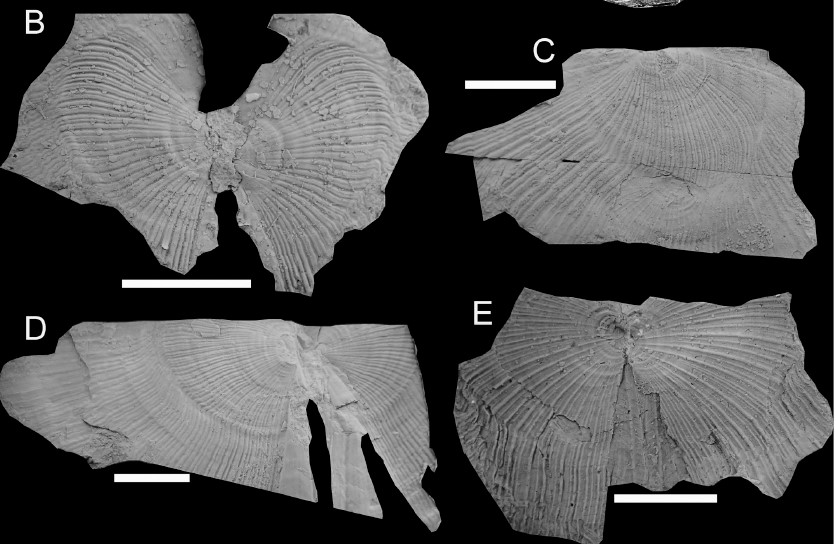
Isotope geochemistry, REEY analyses and U-Pb dating for assessing global environmental changes
These methods, still poorly used in the field of carbonate diagenesis, represent high-potential techniques to clarify the understanding of post-depositional processes within carbonate systems. They allow us to characterise the global environmental changes occurring during the Upper Triassic and the Lower Jurassic periods through the geochemical interpretation and correlation of early to late calcite cements of different Panthalassan carbonate systems.
The combination of all the geochemical aspects (i.e., δ18O, δ13C, REEY, major and minor elements) enables to precisely define the condition of precipitation of each cement and therefore interpret the related environmental conditions. Date each calcite cement (i.e., U-Pb laser ablation dating method) permits to constrain the events of precipitation through time.
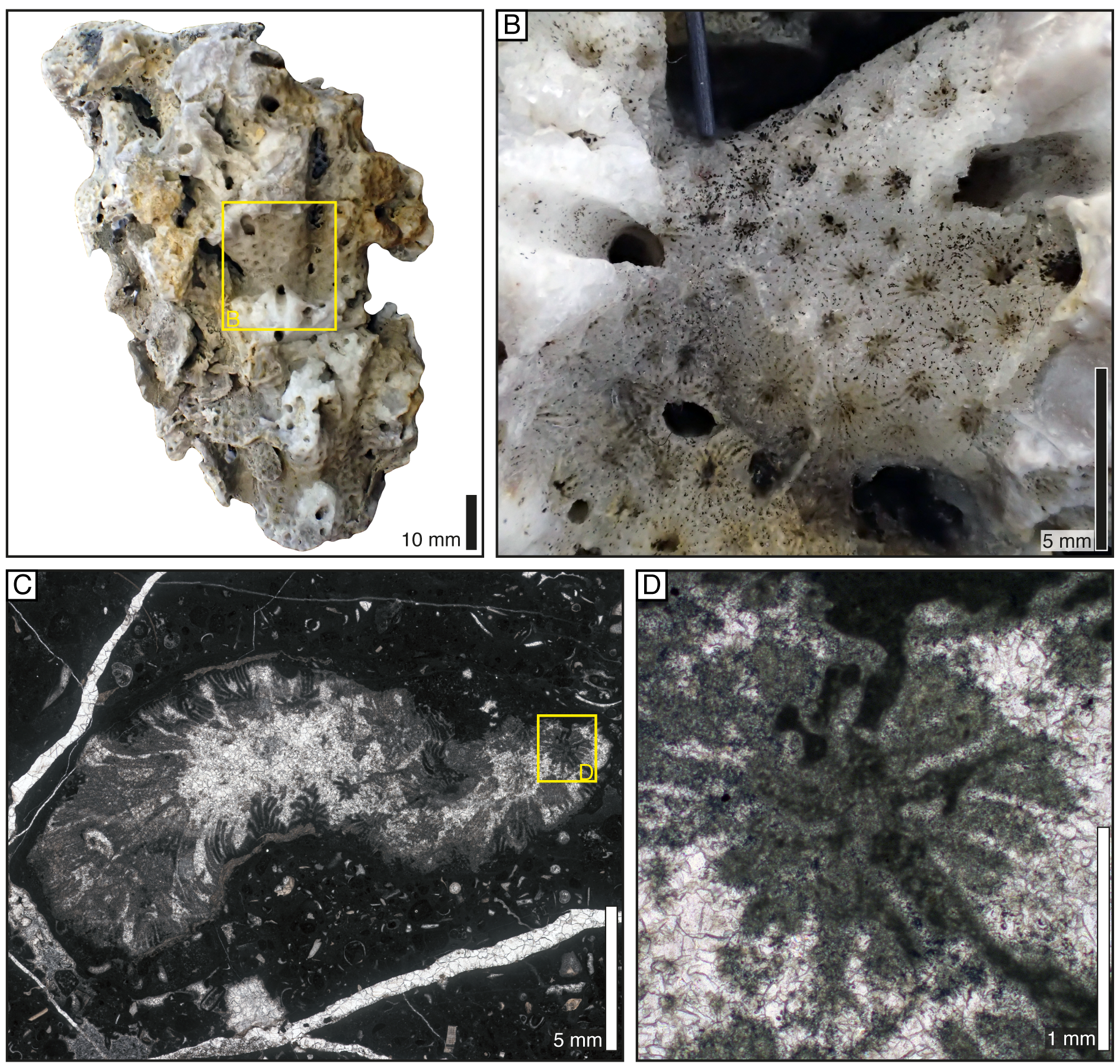
Finally, correlating the studied systems on the basis of the results obtained, allow us to demonstrate similarities or differences in their diagenetic histories and to outline global environmental changes during the Upper Triassic and Lower Jurassic periods.
Closing remarks regarding the study of foraminifera
The study of old Triassic carbonates platforms has enabled great advances in terms of resolving the foraminiferal long term and large scale evolution.
It permitted the understanding of their content, spatial distribution, and sedimentological history.
Triassic benthic foraminifers evolution and functional morphology might be controlled by sea level fluctuations and geochemical composition of water (i.e., salinity and temperature).
The short to long-term evolution of foraminifers is repetitive and, at the specific level, evolutive acquisitions show a parallelism.
Panthalassan Ocean was refuge area during the Triassic-Jurassic crisis, from which a recolonization occurred after a dispersal/recovery delay.
The paleogeographic distribution of foraminifers might help reconstruct major paleocurrents and thus accurately reconstruct the Earth’s paleogeographies, which have been disrupted by plate tectonics.
*Please note: This is a commercial profile
© 2019. This work is licensed under CC-BY-NC-ND.

